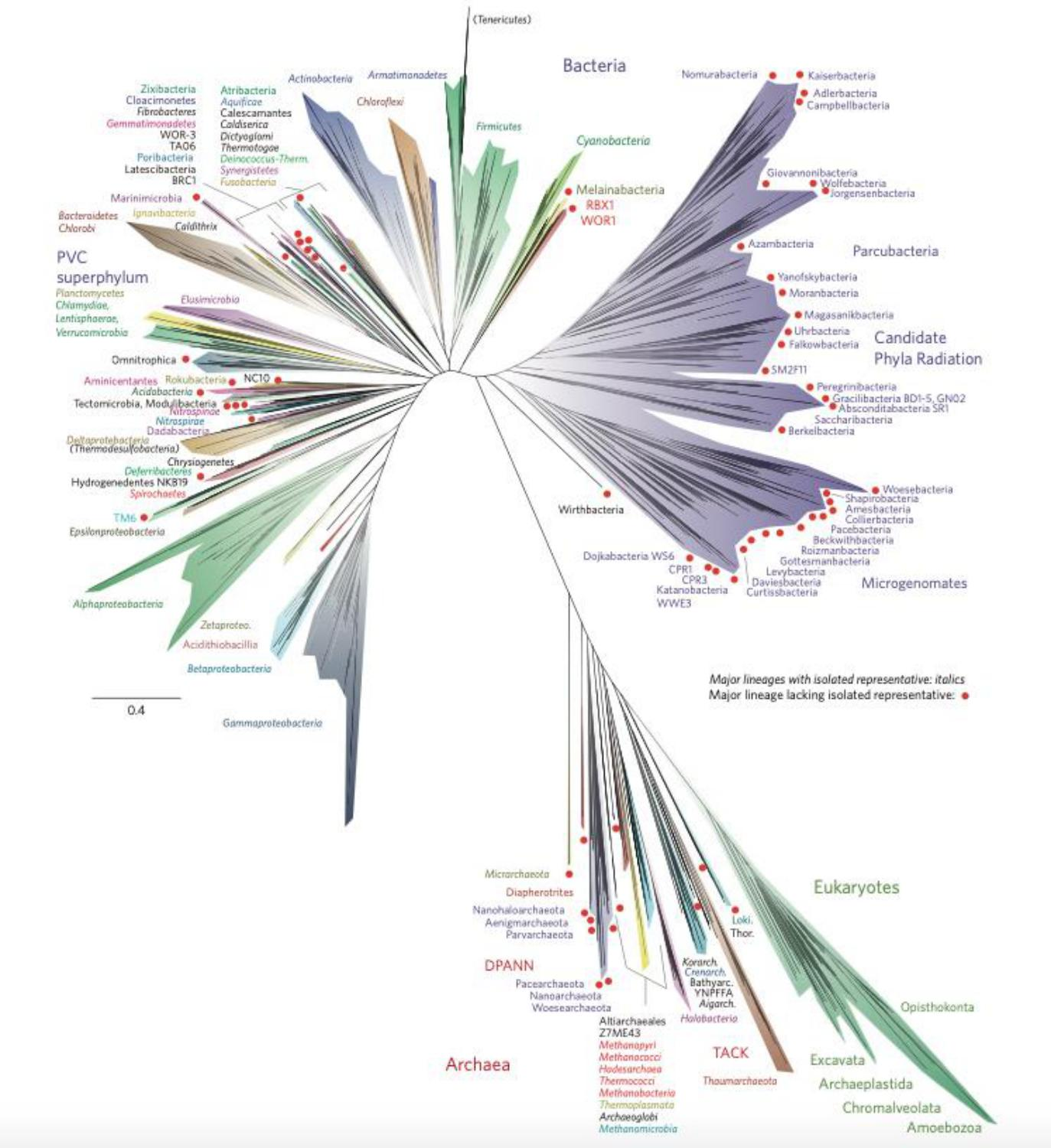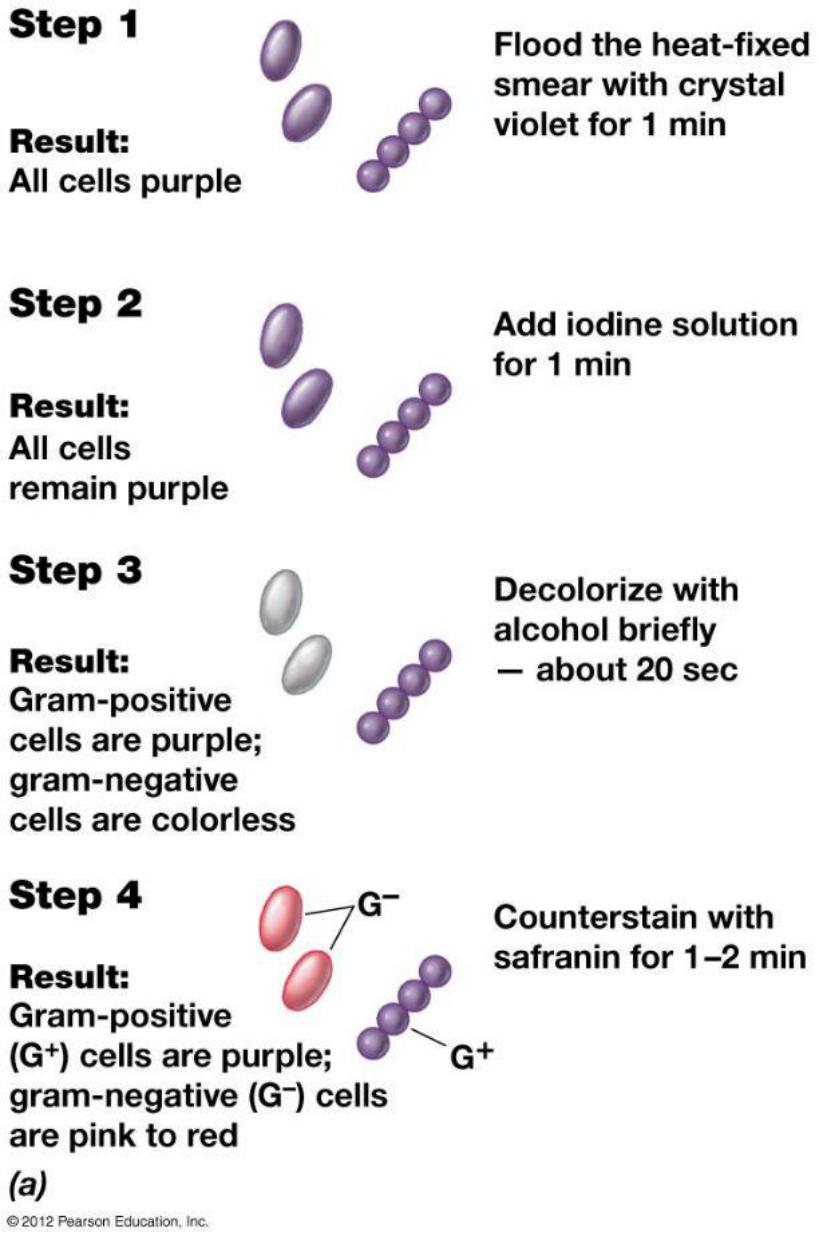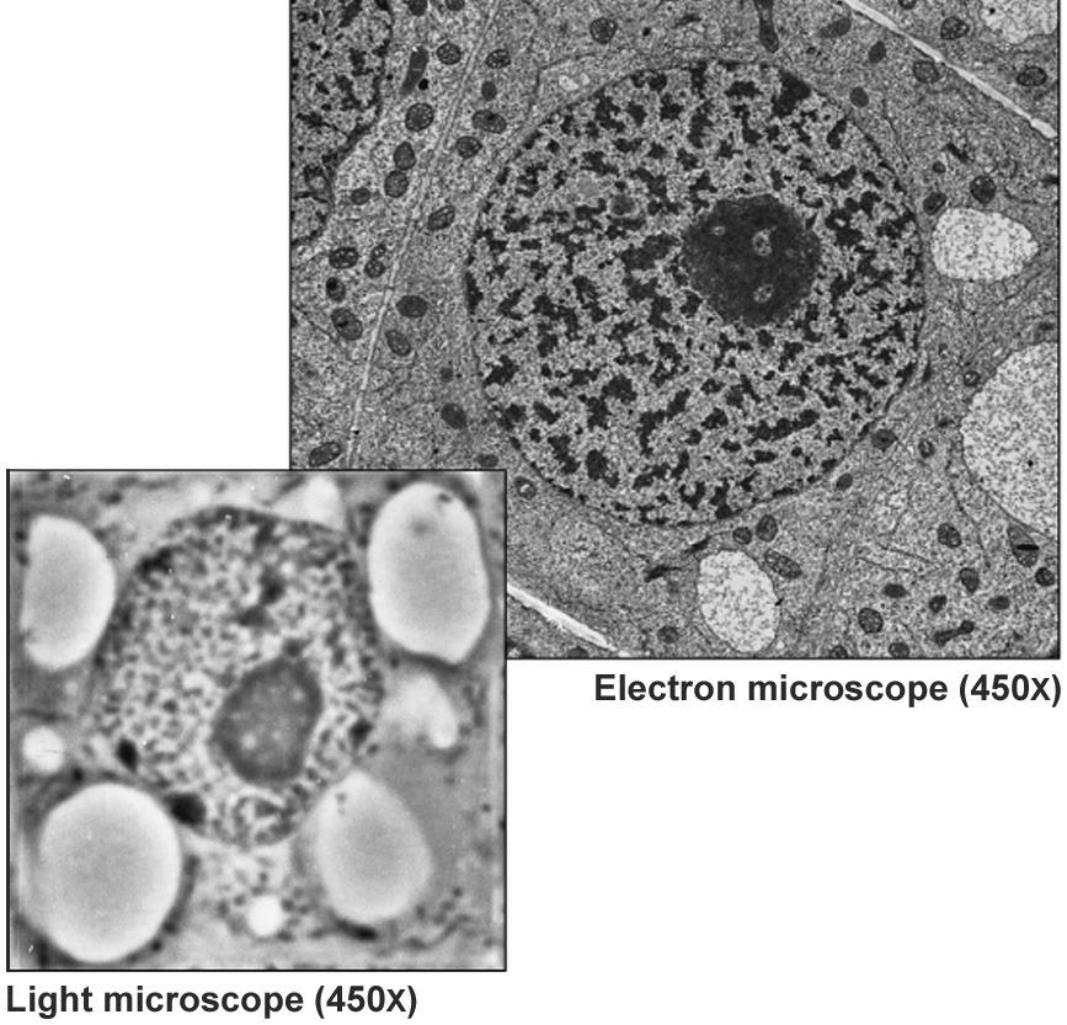intro to microbiology and major themes
1/113
There's no tags or description
Looks like no tags are added yet.
Name | Mastery | Learn | Test | Matching | Spaced |
|---|
No study sessions yet.
114 Terms
what is microbiology
the study of organisms too small ot be seen without magnification
what are examples of microorganisms
Bacteria, viruses, single-celled eukaryotes
which microorganisms can be visible to the naked eye?
fungi and algae
what are some multicellular microbes
Myxobacteria and slime molds
what defines microbiology?
Techniques incl. culture media, biochemistry, and molecular/genetic techniques
what common structures do all cells share?
cytoplasmic membrane, cytoplasm, and ribosomes
how is genetic information stores in cells?
As DNA, organised into genes forming a genome
what do chromosomes carry
essential genes
what do plasmids carry
Non-essential genes
what are the 3 categories of midroorganisms?
Eukaryotes, prokaryotes, and viruses.
what are the distinguishing features of eukaryotes?
membrane bound nucleus
membrane bound organelles
complex internal organization
division by mitosis and meiosis
what are the 2 major groups of eukaryotic microbes?
Protists, fungi
what are protists?
these are any eukaryotes that are not plants, animals or fungi
they have 3 main groups: protozoa (animal like), algae (photosynthetic) and slime and water molds (filamentous)
what are fungi?
these are unicellular (yeasts), filamentous (molds), or multi-cellular (mushrooms)
what are the distinguishing features of prokaryotes?
no membrane bound nucleus
generally smaller
divide by binary fission
what are the two major groups of prokaryotes?
Bacteria and archaea

How do bacteira differ from archaea
they are genetically and biochemically distinct
what is unique about archaea?
they are always non-pathogenic
distinguishing features of viruses?
Acellular infectious particles
obligate parasites
what does LUCA stand for
Last Universal Common Ancestor
when did the first anaerobic life appear?
between 3.8-3.9 bya
What did photosynthetic bacteria do?
Oxygenated the Earth about 2 billion years ago
When did the first plants and animals appear?
about 0.5 bya
what is the significance of SSU rRNA genes?
help classify organisms based on evolution
What ribosomes do prokaryotes have?
70S
What ribosomes do eukaryotes have
80S
why are rRNA genes important in classification?
they change slowly over time
what is the first step in sequencing rRNA genes
DNA is collected from a pure culture
What techniques is used to amplify the SSU rRNA gene?
PCR
what is done after amplifying the SSU rRNA gene
the gene is sequenced
what is a phylogenetic tree
A graphic representation of evolutionary distance

What domains of life are based on the rRNA sequence
Bacteria, archaea, eukarya
what does the Asgard superphylum represent
The closet relative of eukarya
What is the phylogenetic species concept?
A group of strains with a recent common ancestor
What is required for species of bacteria and archaea?
Greater than 97% sequence similarity
Who was the first to describe microbes?
Robert Hooke
What did Robert Hooke use to observe microbes?
A compound microscope
What was the magnification capability of Hooke’s microscope
30X
What did Hooke observe with his microscope?
cells in cork and bread mold
who built microscopes that magnified specimens by 50-300X
Antoni Van Leeuwenhoek
What did Leeuwenhoek call single celled microorganisms
Animalcules
What did Louis Pasteur Study?
Wine and beer production
What process did Pasteur discover related to yeast
Fermentation
What is a colony in microbiology
A mass of cells from one single cell
How can colonies be used in microbiology
To create a pure culture
What are the techniques for isolating pure cultures?
spread and pour plate

What is the purpose of diluting a sample before plating
to allow separate cells to grow
what is the formula for calculating titre?
titre=# colonies/ (volume)(dilution)
how is titre expressed
in cfu/ml
what is the countable range of colonies on a plate
30-300 colonies
what is the purpose of a bright-field microscope
To make specimens visible against surroundings
Dark specimen against bright background
What are the two sets of lenses in a microscope
objective and ocular lens
formula for calculation
magnification = objective * ocular
what is the maximum magnification achievable with a light microscope
about 2000X
def. of magnification
ability to make an image larger
def. of resolution
ability to distinguish 2 objects as separate
how does wavelength affect resolution?
as wavelength decreases, resolution improves
limit of resolution for a light microscope?
about 0.2 micrometer
what is the purpose of staining in microscopy
to improve contrast for better visibility
common examples of stains used in microscopy
methylene blue, safranin, crystal violet
two types of simple staining
basic dye- positively charged chromophore will attach negatively charged molecules on cell surface
acidic dye- negatively charged chromophore will stain b/g not the cell
gram stain process

gram positive cells after staining
purple
gram negative cells after staining
red/pink- this is the counterstain
what does the acid-fast stain detect
mycolic acid in mycobacterium cell walls
colour of mycobacterium cells after acid fast stain
pink- fuschia
colour do other cell walls appear on the slide after an acid fast stain
blue
colour of endospores after staining
green
colour of cells after endospore stain
pink
purpose of phase contrast microscopy
improve contrast w/o using stains
dark field
bright specimen against dark b/g
how does dark field microscopy illuminate specimens
with a hollow cone of light
what is fluorescnece microscopy used for
to visulaize specimens the fluoresce
resolution of confocal scanning laser microscoopy
0.1 micrmeter
main advantage of differential interference contrast microscopy
gives 3D apperance to structures
what do electron microscopes use to image cells
electrons instead of photons

resolution of transmission electron microscopy (TEM)
0.2 nm
what must the specimens be for transmission electron microscopy
very thin (20-60nm)
what is required to visualise unstained cells in TEM
staining with lead or uranium
what is the purpose of a scanning electron microscopy (SEM)
produce a 3D image of a specimen’s surface
coccus
roughly spherical
Bacillus
rod shaped
spirillum
spiral shaped
example of spirochete
Treponema pallidum
example of filamentous bacteria
streptomyces griseus
example of budding and appendages bacteria
caulobacter crescentus
characteristic arrangements of prokaryotic cells
staphylococci- grape like clusters
anabaena - long chains
micrococcus and deinococcus - tetrads
size range for prokaryotes
0.2 µm to >700 µm in diameter
size range for eukaryotic cells
10 to >200 µm in diameter
advantages of small cells
higher surface area relative to volume
what is the advantage of high s/v ratio?
greater nutrient exchange
average size of E.coli
~ 1.0 x 3.0 μm
average size of mycoplasma genitalium
~ 0.3 μm
What is the size of Epulopiscium fishelsonii?
~ 80 x 600 μm
what is the significance of being small for cells
supports faster growth and evolutionary change
What is the lower limit of cell size for cellular oranisms
Unlikely to be < 0.15 μm
where are small cells commonly found?
in open oceans and pathogenic bacteria
what is the function of the cytoplasmic membrane
separates the cell from the environment
what is the cytoplasm made of
aq. mixture of macromolecules, ions, proteins
what si the role of ribosomes in cells
site of protein synthesis